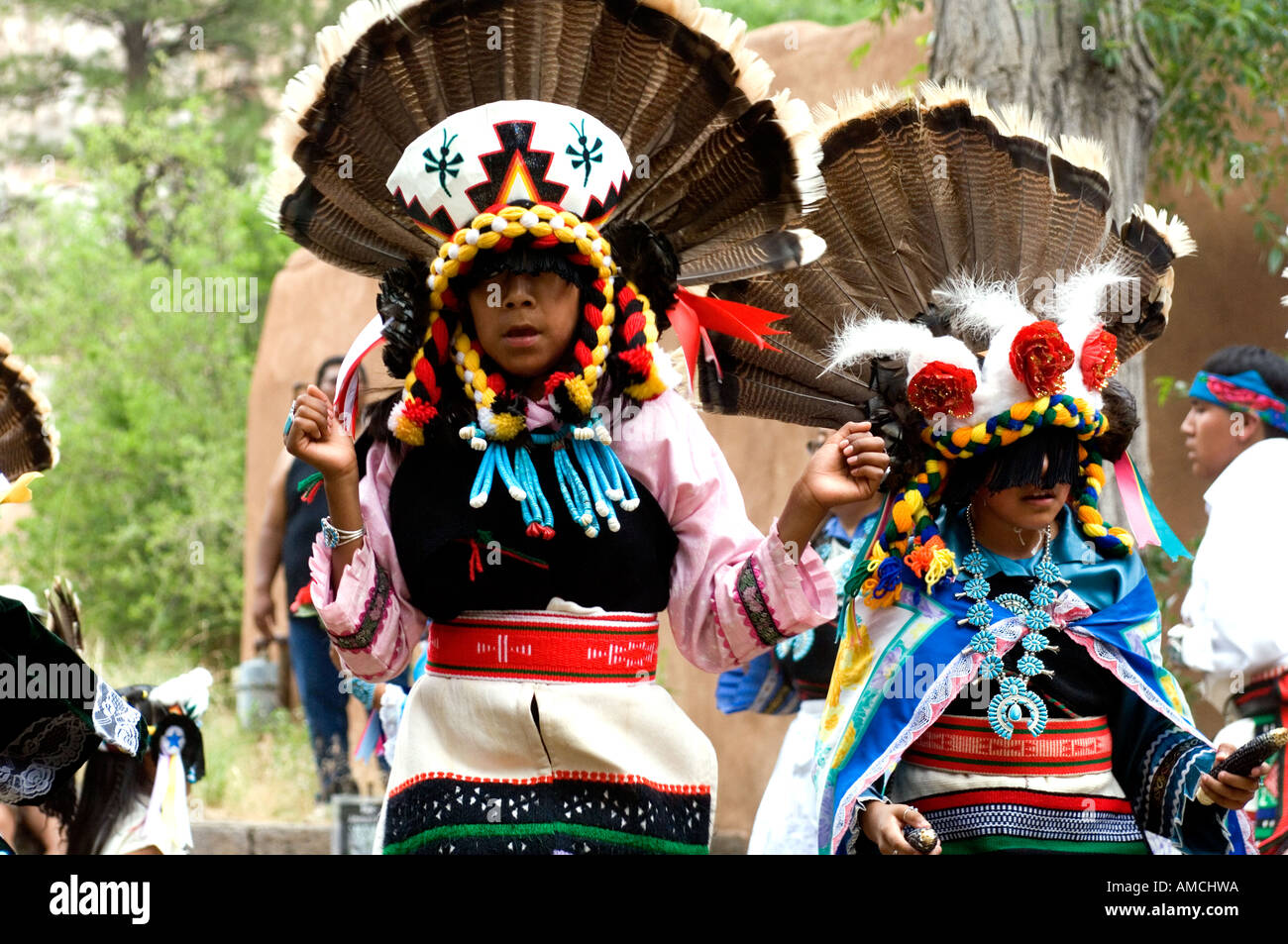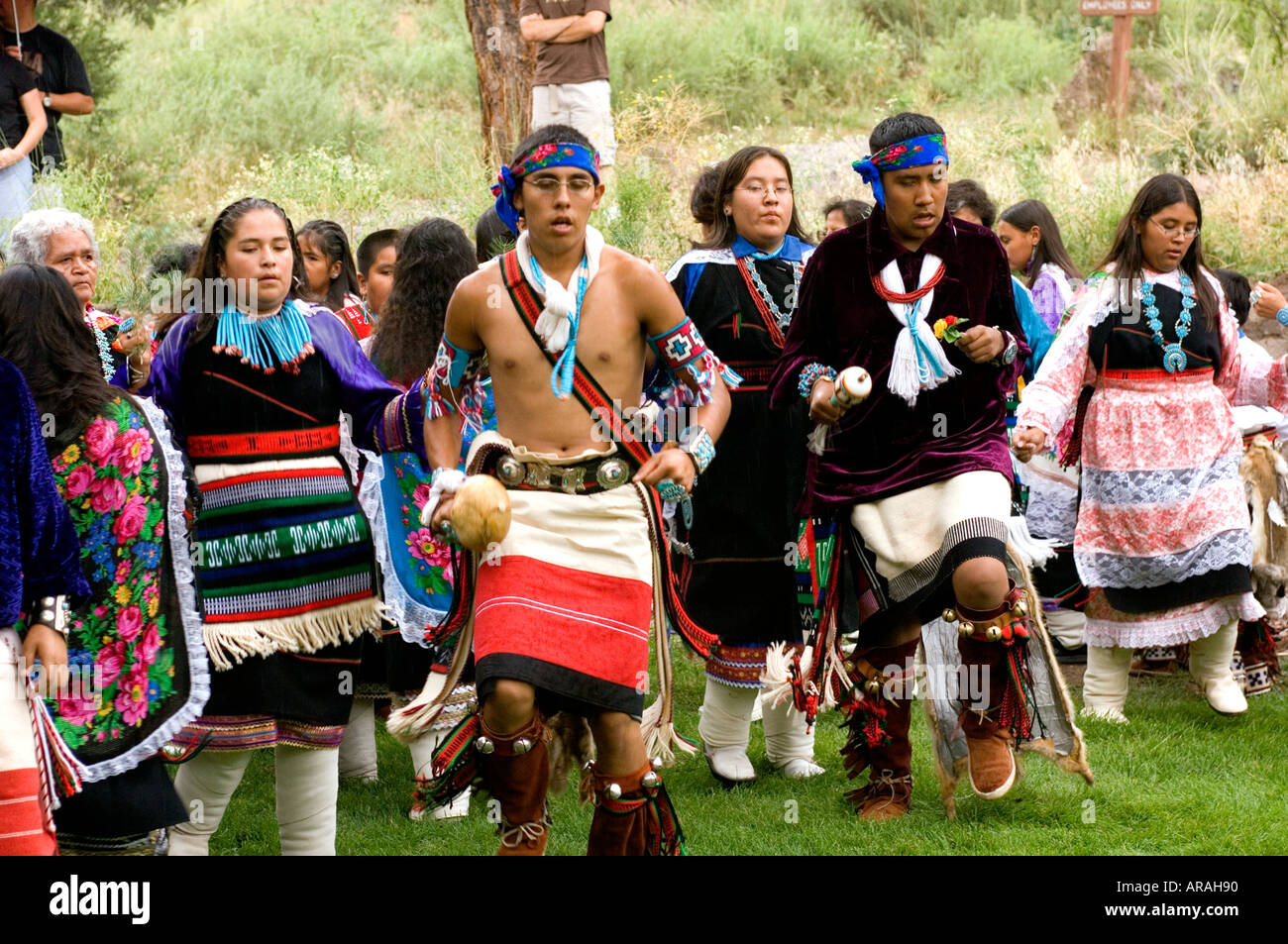
The Unbroken Rhythm: Pueblo Dances as Living Prayers and Enduring Heritage
The air crackles with anticipation, a palpable hush settling over the ancient plaza. Then, it begins. The deep, resonant thud of the drum, a sound as old as the earth itself, echoes through the adobe walls, joined by the rhythmic chanting of men and the delicate rustle of evergreen boughs. Dancers, adorned in sacred regalia—feathers shimmering, bells jingling, turquoise gleaming—step onto the hallowed ground, their movements precise, synchronized, and profoundly purposeful. This is not a performance; it is a prayer, a living invocation, the heartbeat of the Pueblo people.
For centuries, the traditional dances of the nineteen New Mexico Pueblos, along with those in Arizona and Texas, have served as the vital pulse of their communities. More than mere cultural expressions, these dances are intricate tapestries woven from spirituality, history, agriculture, and an unwavering connection to the natural world. They are living archives, preserving ancient knowledge, fostering community cohesion, and reaffirming an identity forged over millennia.

"The drumbeat is the heartbeat of our people," reflects a revered elder from Ohkay Owingeh, his voice raspy with age but clear with conviction. "It connects us to our ancestors, to the land, and to the Great Spirit. Every step, every song, every feather tells a story of who we are and where we come from." This sentiment encapsulates the profound significance of these ceremonies, which are fundamentally about maintaining balance and harmony with the cosmos.
The Sacred Language of Movement
Pueblo dances are diverse, reflecting the unique histories and specific needs of each community, yet they share fundamental elements of prayer and thanksgiving. They are primarily ceremonial, often tied to the agricultural cycle, the changing seasons, and the well-being of the community.
One of the most widely known and visually stunning is the Corn Dance (or Summer Dance), typically held in July or August following the planting season. It is a vibrant prayer for rain, good harvest, and fertility. Dancers, often numbering in the hundreds, move in long lines across the plaza, their steps mimicking the growth of corn. Men wear kilts, moccasins, and elaborate headdresses, often adorned with evergreen boughs symbolizing life and renewal. Women wear traditional dresses and wear tablitas (flat, decorated headdresses) representing clouds or sky. The rhythmic sound of their turtle-shell rattles or bells tied to their legs provides a constant, hypnotic accompaniment.
In contrast, the Deer Dance and Buffalo Dance, often performed in winter, are solemn and powerful tributes to the animals that have sustained the Pueblo people for generations. Dancers embody the spirits of these animals, moving with grace and reverence. Deer dancers, often painted and adorned with antlers, mimic the cautious, agile movements of deer, their movements a prayer for successful hunting and respect for the creatures that give their lives. Buffalo dancers, donning buffalo hides and horns, embody the strength and spirit of the buffalo, a symbol of abundance and resilience. These dances are profound expressions of gratitude and a reaffirmation of the symbiotic relationship between humans and the animal kingdom.
The Eagle Dance, performed throughout the year, is a breathtaking display of agility and spiritual aspiration. Two dancers, often young men, move with incredible precision, their arms outstretched like wings, mimicking the soaring, diving, and landing of an eagle. Adorned with magnificent eagle feathers, they symbolize the connection between the earthly and spiritual realms, carrying prayers to the heavens. The eagle is revered as a messenger, a symbol of wisdom, strength, and a bridge to the divine.
Other significant dances include the Turtle Dance at Ohkay Owingeh (formerly San Juan Pueblo) on January 23rd, the Matachines Dance (a syncretic dance blending indigenous and Spanish traditions) performed around Christmas, and various social dances that might be performed for visitors or at specific community gatherings.
The Elements of Expression: More Than Meets the Eye

Each element of a Pueblo dance is imbued with deep symbolic meaning:
- The Drum: Often referred to as the "heartbeat of the Pueblo," the drum provides the foundational rhythm for all dances. Its deep, steady throb symbolizes the pulse of life, the earth, and the collective spirit of the community.
- The Chanting: The songs that accompany the dances are ancient, often passed down through generations. They are not merely melodies but sacred prayers, invocations, and historical narratives, sung in native languages that connect the present to the ancestral past.
- Regalia: The elaborate attire is not a "costume" but sacred regalia, each piece carrying specific meaning. Evergreen boughs represent life, renewal, and protection. Feathers, particularly eagle feathers, symbolize connection to the sky and spirit world. Bells on the dancers’ legs create a rhythmic jingling, believed to ward off evil and announce the presence of the sacred. Painted designs on bodies and faces often represent natural elements like clouds, lightning, or corn, or spiritual symbols. Turquoise, a sacred stone, is frequently incorporated for its protective qualities and connection to the sky and water.
- Movement: The choreography, though seemingly simple to an untrained eye, is deeply complex and symbolic. Repetitive steps connect dancers to the earth; synchronized movements emphasize community unity; and specific gestures convey prayers for rain, healing, or abundance. The dancers’ movements are often an embodiment of the natural world, imitating animals, growing plants, or flowing water.
Community as Choreographer: Passing the Torch
Pueblo dances are profoundly communal. They are not performed by a select few, but involve large segments of the community, from the youngest children learning the steps to the elders who guide the ceremonies and pass on the oral traditions. Preparations for a major dance can take weeks, involving spiritual purification, practice, and the meticulous crafting of regalia.
"It’s not just about the dancing," explains a young woman from Santa Clara Pueblo, who has been dancing since she was a toddler. "It’s about the entire process. The men who sing and drum, the women who cook for everyone, the elders who tell us the stories, the aunties who help us get dressed. Everyone has a role. It teaches us discipline, respect, and how to work together. It teaches us who we are."
This intergenerational transmission of knowledge is crucial for the survival of these traditions. Children learn by observing, participating, and listening to the stories and instructions of their elders. The dances reinforce social bonds, transmit cultural values, and instill a strong sense of identity and belonging. The community’s continued health and spiritual well-being are intrinsically linked to the continued practice of these ceremonies.
Witnessing the Sacred: Etiquette and Understanding
For visitors, witnessing a Pueblo dance is a profound privilege, an rare opportunity to observe living history and deep spirituality. However, it comes with a strict understanding of etiquette and respect. The most crucial rule, almost universally enforced, is the prohibition of photography, sketching, or recording of any kind during sacred dances. This is not arbitrary; it is rooted in the belief that capturing images of sacred ceremonies can diminish their spiritual power, disrespect the participants, and commodify something that is inherently sacred.
Visitors are expected to dress modestly, maintain respectful silence, and refrain from talking or asking questions during the dances. Applause is generally not appropriate, as it is not a performance for entertainment but a prayer. Staying on marked paths, respecting private homes, and understanding that these are living communities, not tourist attractions, are also paramount.
"When you come to our plaza, you are not just seeing a dance; you are stepping into our prayer," advises a tribal police officer at Taos Pueblo during a major feast day. "Observe, listen, and feel. But do not take. Your presence is welcome, your respect is essential."
Challenges and Enduring Spirit
In an increasingly globalized world, Pueblo communities face significant challenges in preserving their traditional dances. Economic pressures, the influence of mainstream culture, and the struggle to maintain native languages all pose threats to the continuity of these ancient practices. There’s also the constant battle against cultural appropriation, where elements of their sacred traditions are taken out of context and commercialized without understanding or respect.
Yet, despite these pressures, the Pueblo dances endure. Communities are actively engaged in language revitalization programs, encouraging youth to participate, and educating outsiders about the true meaning and sacredness of their traditions. The resilience of the Pueblo people, forged through centuries of adaptation and perseverance, is perhaps best exemplified by the unwavering rhythm of their dances.
These dances are more than just movements; they are acts of spiritual defiance, a testament to an unbroken lineage, and a vibrant declaration of identity. They are living prayers for rain in an arid land, for abundance in a changing world, and for the continued strength of a people deeply rooted in their heritage. As the drumbeat fades and the dancers recede, the resonance lingers, a profound reminder that the heart of the Pueblo beats on, strong and true, echoing the wisdom of their ancestors and carrying their prayers into the future.


